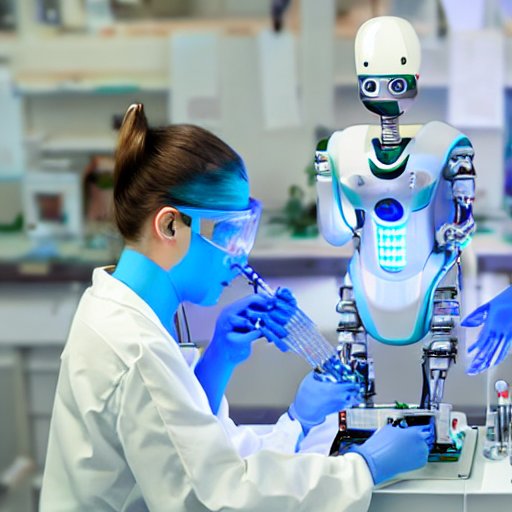Blog Post
PCR Advances: Pushing the Boundaries of DNA Amplification
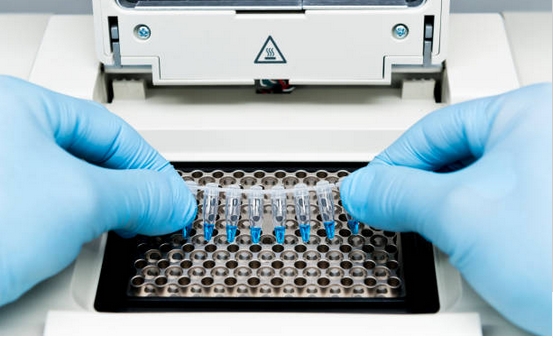
PCR Technology Research Diagnostics
1. Digital PCR (dPCR)
dPCR is a direct descendant of traditional PCR but offers more precise, absolute quantification of nucleic acids. Unlike its predecessor that relies on end-point measurement, dPCR provides an absolute count of target DNA molecules.
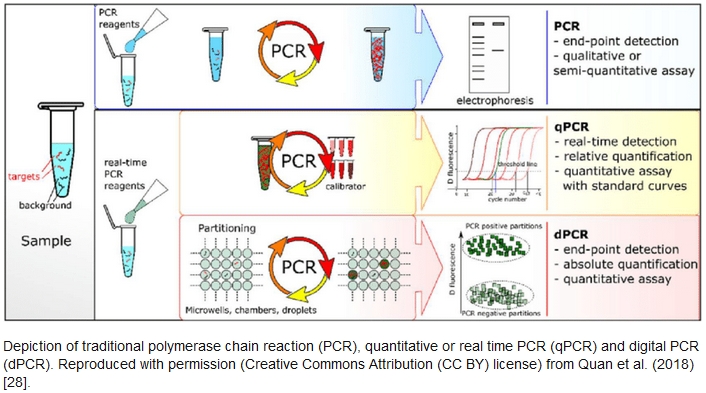
2. Real-Time PCR (qPCR)
Real-time PCR or quantitative PCR (qPCR) has become a mainstay in many laboratories due to its ability to measure DNA amplification as it occurs, in real-time. This technology uses fluorescent probes, allowing researchers to visualize the accumulation of amplified products during the PCR process.
3. Reverse Transcription PCR (RT-PCR)
RT-PCR, a variant of PCR, involves the conversion of RNA into DNA, enabling the detection of RNA viruses, like the SARS-CoV-2 virus responsible for COVID-19. Its role in pandemic testing and surveillance underscores its significance in today’s molecular diagnostics.
Image recommendation 4: A visual representation of the RT-PCR process.
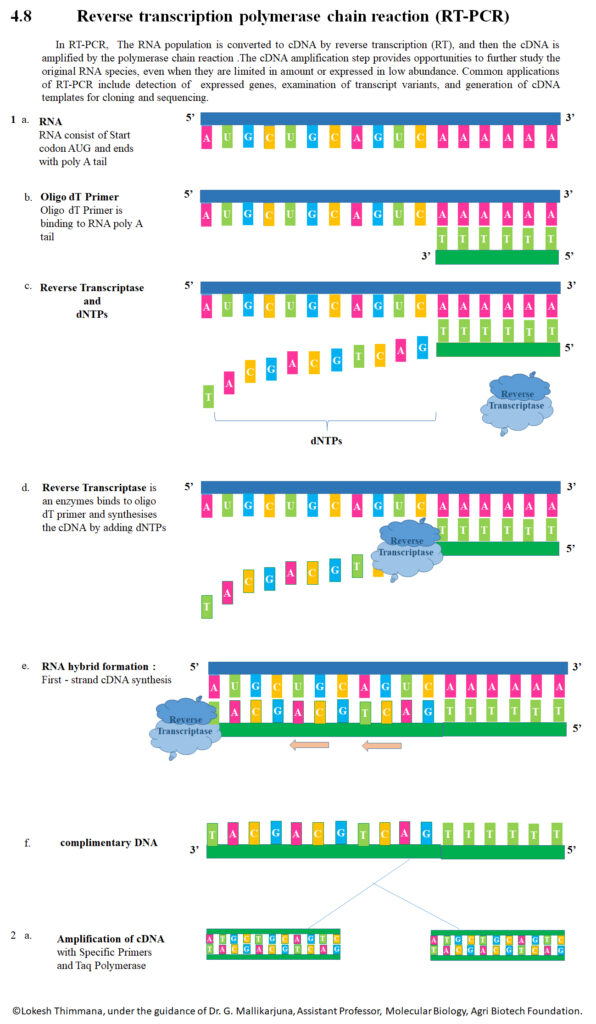
4. Multiplex PCR
With the power to amplify multiple target sequences in a single reaction, multiplex PCR technology research diagnostics has proven invaluable in genotyping and pathogen detection. This technique reduces costs, time, and sample volume required.
Image recommendation 5: A gel electrophoresis image showing multiple bands, representing different amplified sequences.
5. Isothermal PCR
Breaking away from the traditional need for thermal cyclers that change temperatures, isothermal PCR amplifies DNA at a constant temperature. This advancement leads to more portable, cost-effective, and accessible PCR devices, thus making field diagnosis a reality.
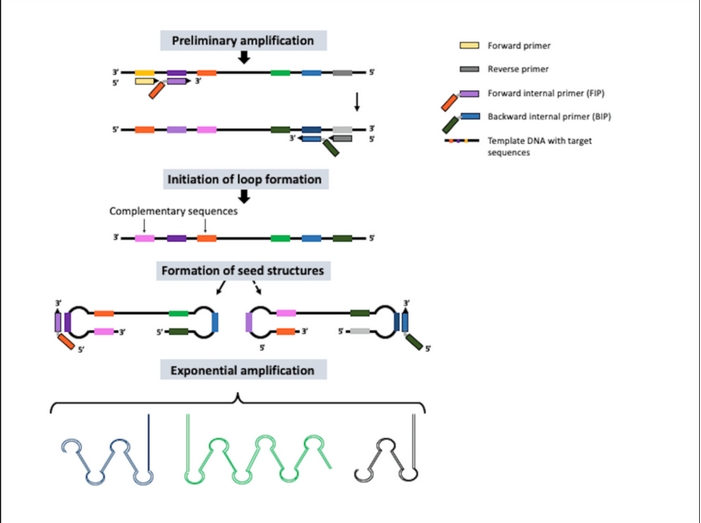
The Future of PCR
The sheer adaptability and continuous improvement of PCR is nothing short of astonishing. From its humble beginnings to the advanced variants we use today, PCR remains central to genetic research, diagnostics, and beyond.
We’re standing on the cusp of more innovations—therefore, with the integration of artificial intelligence, automation, and nano-technologies, the next generation of PCR promises to be faster, more accurate, and more efficient.
